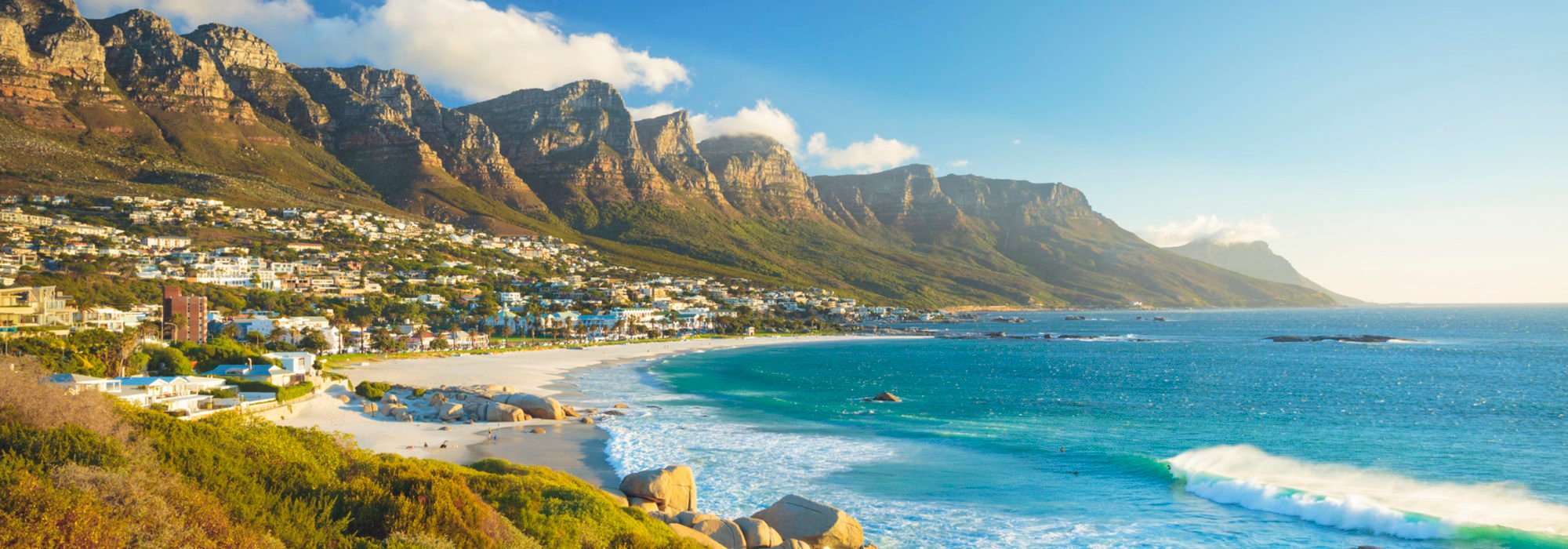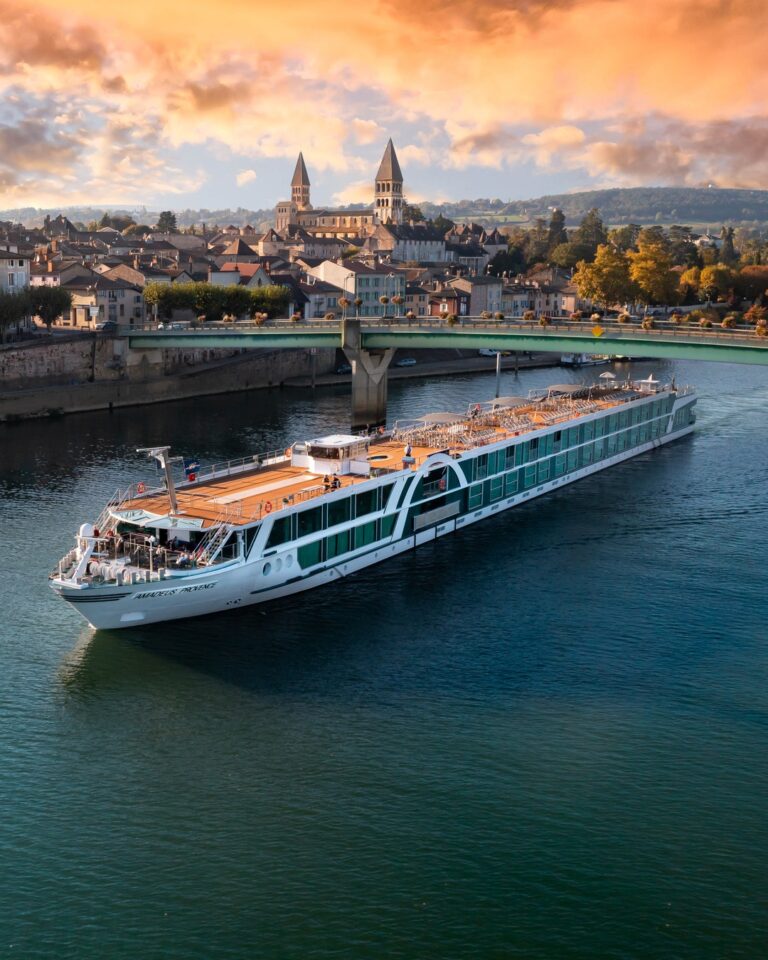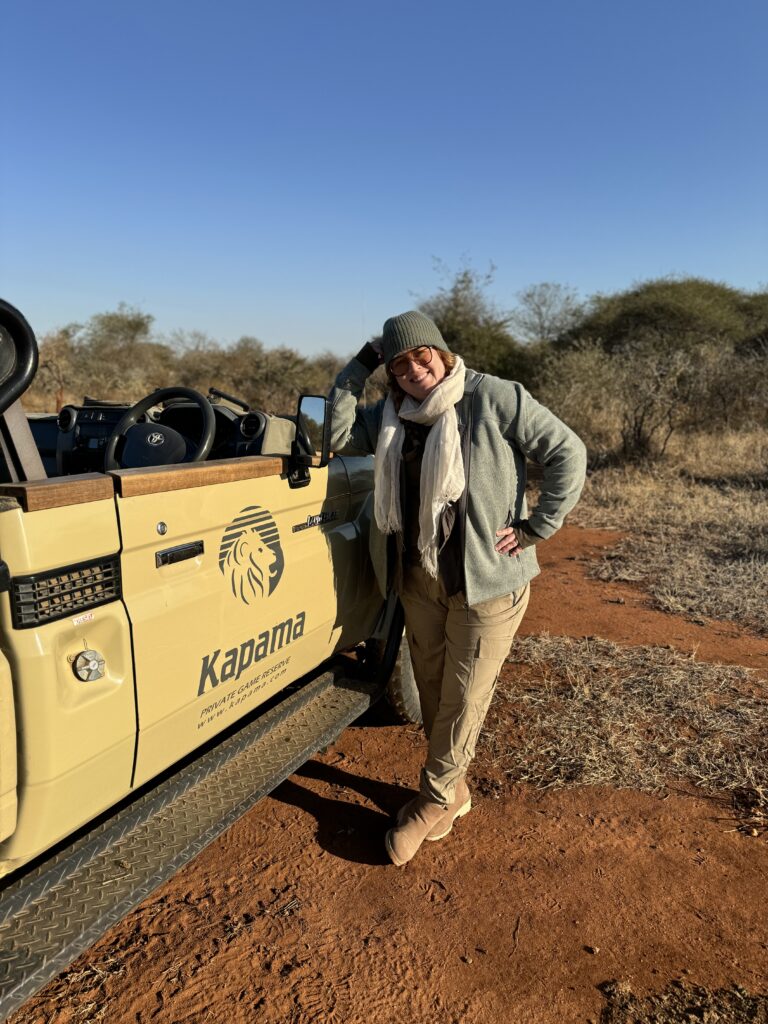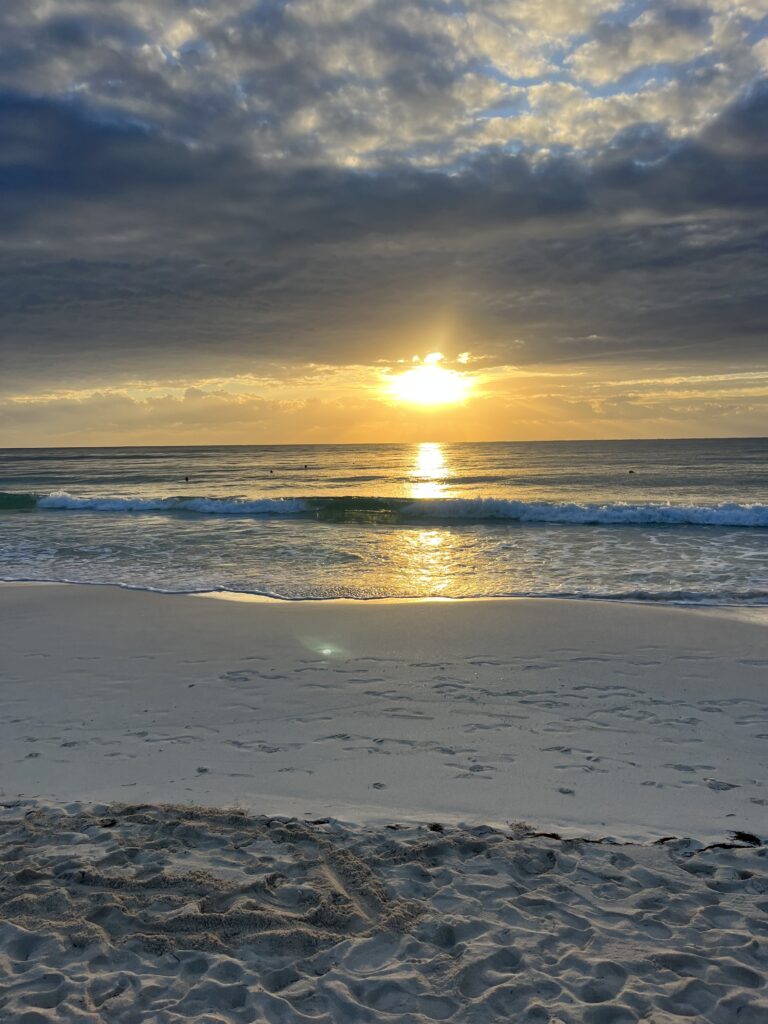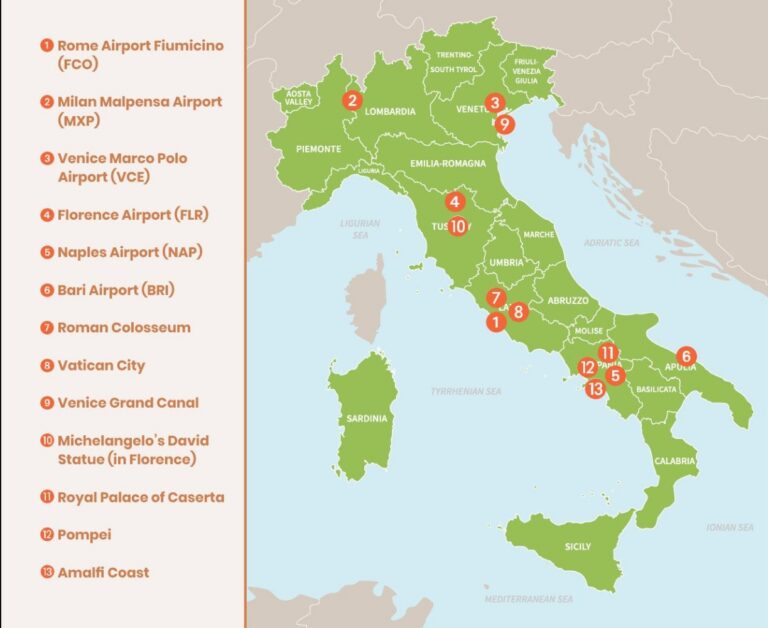
South Africa's "Mother City," Cape Town is dominated by Table Mountain and surrounded by the wild Atlantic Ocean, giving it an unquestionably jaw-dropping backdrop. It was once described by Sir Francis Drake as "the fairest cape in all the circumference of the earth," and since the 16th century, seafarers have been drawn to its dramatic coastline and strategic location on the southwestern tip of the African continent. Cape Town leads South Africa in developing attractions to appeal to visitors, and it is now one of the world's top travel destinations.
Cape Town's highlights include the historical center, cutting-edge museums, the famous Constantia wine estates, and Robben Island, where Nelson Mandela was imprisoned. There is also a variety of trendy restaurants and nightclubs, as well as some of the best shopping opportunities in Africa.
Beyond Cape Town, a stunning coast road winds its way around the Cape Peninsula as far south as Cape Point, where there are pristine beaches, quaint seaside villages, and marine wildlife such as penguins and seals. The Winelands is South Africa's oldest and most beautiful wine-producing area, and the scenic valleys are covered by the vineyards of historic estates that have been cultivating grapes for more than 300 years. The southern coast is dubbed the Whale Coast, and it claims to have the best land-based whale-watching in the world. In season, sightings are almost guaranteed from the clifftops in Hermanus.
Cape Town's appeal also lies in its fascinating mix of nationalities and identities—African, European, Asian— and its history is compelling, too, from the early hunter-gatherers to the arrival of the Europeans, the Boer War and the breakdown of apartheid. In fact, it's Cape Town's mix of culture and lifestyle that makes it one of the world's most vibrant and cosmopolitan cities.
Must See or Do
Sights—Panoramic views from Table Mountain; wild, rugged coastlines at Cape Point in the Cape of Good Hope; history at the Castle of Good Hope and Robben Island; sandy beaches and ocean waves along Cape Town's trendy Atlantic Seaboard; flowers and picnics at Kirstenbosch National Botanical Garden; entertainment, shopping and eating at the Victoria & Alfred Waterfront.
Museums—Learn about the country's cultural and biological diversity at the South African Museum; see classical and cutting edge-art at the South African National Gallery; explore Cape Town's apartheid history at the District Six Museum; celebrate the Islamic contribution to the city at the Bo-Kaap Museum; visit the fine 17th-century Cape Dutch manor house at Groot Constantia.
Memorable Meals—A communal feast at Africa Cafe; award-winning French food at La Colombe; new South African dishes at Aubergine; ghosts and gorgeous views at The Roundhouse; deli delights at Giovanni's Deliworld; food and wine pairings at Planet Restaurant.
Late Night—Cocktails and sunsets at The Grand Cafe & Beach; people-watching at stylish Cafe Caprice; nightcaps at the Cape Grace Hotel's Bascule Whisky & Wine Bar; watching crucial sports matches with a beer at the Fireman's Arms.
Walks—To wild and isolated Diaz Beach at Cape Point; up Lion's Head for a breathtaking all-around view of Cape Town; a meander through Kirstenbosch to the tranquil Dell; down Government Avenue past the Houses of Parliament and on to The Company's Garden; up to the top of Table Mountain to gaze across Table Bay.
Especially for Kids—Waddling with penguins at Boulders Penguin Colony; picking gemstones and minerals at the Scratch Patch; thrills at Ratanga Junction; sea life at the Two Oceans Aquarium; summertime splashing at Sea Point Swimming Pool; exploring on a famous red City Sightseeing Cape Town open-top bus.
Geography
Situated on the southwestern point of the African continent, Cape Town lies in the shadow of Table Mountain, which towers 3,563 ft/1,086 m above the city and harbor. The central part of the city faces north, toward Table Bay, and is cradled in the City Bowl between Table Mountain (to the south), Lion's Head and Signal Hill (to the west) and Devil's Peak (to the east).
Cape Town proper is a relatively compact area. The loosely demarcated districts include City Centre (the central downtown area); Victoria & Alfred Waterfront (just north of City Centre, on the harbor); Gardens (south of City Centre); and Bo-Kaap (west of City Centre).
Immediately west of City Centre and Victoria & Alfred Waterfront is Green Point, which forms the tip of the landmass that shields Table Bay and the harbor from the Atlantic. Following the coast south from Green Point, you'll pass through the Atlantic Seaboard suburbs of Sea Point, Bantry Bay, Clifton, Camps Bay, Llandudno and Hout Bay, all home to beaches, restaurants and nightspots.
Other communities spread east and south out of City Centre (the opposite side of Table Mountain from the Atlantic Seaboard). Woodstock is the first of what's known as the Southern Suburbs, followed by Observatory, Rondebosch, Newlands, Claremont and Constantia. If you continue south far enough, you'll reach False Bay and the coastal communities that spread down the east coast of the Cape Peninsula, including Muizenberg, Kalk Bay and Simon's Town. Farther east and beyond the metropolitan area are Stellenbosch and the other towns in the picturesque Winelands.
History
Among the first residents of the Cape area were the Khoikhoi, a group of nomadic hunters and herders. Early visitors to the area may have included the Phoenicians, and later, in the 15th century, the Portuguese arrived but never stayed. In 1652, the Dutch arrived and began using the Cape to supply the large trading ships of the Dutch East India Company—then the most powerful mercantile force on Earth—as they sailed to and from Java. Creating vegetable gardens and vineyards, the Dutch used the Khoisan people as laborers and brought in Malays from Indonesia as slaves. At this small, remote outpost named Da Kaap (the Cape), a separate language emerged, called Afrikaans, essentially a form of kitchen Dutch that incorporated elements of Khoikhoi, Malay and other languages.
Both French and British ships regularly docked at the port. Its strategic position on the shipping lanes led the British to try to occupy it (they called it the Gibraltar of India). When Dutch shipping went into decline in the late 18th century, the British took over without much bloodshed. Many of the Dutch settlers (known as Boers and then Afrikaners) left when the British abolished slavery. The majority headed into the interior with their ox wagons to establish new colonies in the northeast. This became known as the Great Trek, and the pioneers as the Voortrekkers (Afrikaans for "fore-movers"). But the Cape Colony thrived in the 1870s following the discovery of diamonds at Kimberley and gold in the Boer Republic of the Transvaal (centered on present-day Johannesburg). Ultimately, these riches set off the Anglo-Boer War (1898-1902) between the Afrikaners and the British. With the establishment of the Union of South Africa in 1910, Pretoria became the administrative capital, while Cape Town became the seat of parliament and the legislative capital of the country.
Following World War II, the National Party came to power in South Africa and fostered the apartheid system of racial separation. In Cape Town, one of the government's actions was to forcibly remove nonwhites from District Six, a precinct adjacent to the center of Cape Town. Buildings were bulldozed and people forcibly relocated to townships on the Cape Flats, and today much of the land still stands vacant as a testament to forced removals and segregation during apartheid. Nelson Mandela and other dissidents were imprisoned on Robben Island, situated in Table Bay, off the coast of Cape Town.
In the 1980s, the city was racked by civil unrest, but this period gave birth to the United Democratic Front, one of the most important and instrumental antiapartheid organizations of the time (it had the support of around three million members by 1985). Archbishop Desmond Tutu waged his antiapartheid campaign from Cape Town, and peaceful protests in the city sparked similar demonstrations throughout South Africa. Mandela was eventually released from prison in 1990, and democratic elections were held in 1994, which instigated sweeping positive changes across all of South Africa.
Since then, despite facing challenges with unemployment, poverty and crime, Cape Town has grown into a sophisticated city where most of its residents enjoy a lifestyle that even other South Africans envy. It has also established itself as a world-class tourist destination and is often ranked as one of the top must-see cities in the world. Today facilities and infrastructure for visitors are of a very high standard, and Cape Town now attracts some 80% of the foreign tourists who visit South Africa—estimated to top 10 million per year.
Potpourri
Cape Doctor is the name given to the southeasterly wind that blows across the Cape Peninsula in summer, often forming a wispy, white cloud that covers Table Mountain in the shape of a tablecloth.
The Cape Floristic Region covers 34,749 sq mi/90,000 sq km and is home to nearly 20% of Africa's flowering plant species, making it the smallest and richest floristic region per unit of area in the world.
Able Seaman Just Nuisance was an enlisted and adored sailor in the Royal Navy from 1939 until his death in 1944. However, he was guilty of many misdeeds and often went AWOL or got into fights, and he enjoyed his beer as much as any other sailor—the only difference being that he was a Great Dane. A bronze statue of him is in Simon's Town.
Painting white lines on roads originated in South Africa. Adderley Street in Cape Town had lines painted as far back as 1922.
If a Capetonian tells you he will do something "just now," it means "in the near future but not immediately." "Now now" means "right away." You will hear these phrases frequently in Cape Town.
Cape Town is known as the Pink Capital of Africa, in large part because of its annual Cape Town Pride Festival and Mother City Queer Project, two of the world's biggest gay festivals.
With around 2 million visitors every month, the Victoria & Alfred Waterfront undisputedly outperforms any other tourist attraction in Cape Town. The Table Mountain Aerial Cableway is the second-most-visited attraction, with about 100,000 people per month going up the mountain.
Location
In 1580, Sir Francis Drake wrote in the log of the Golden Hind that the Cape was "the most stately thing we saw in the whole circumference of the globe." Still today, arriving cruise passengers are always amazed by the sight of Table Mountain rising above the city's pretty harbor.
There is no dedicated passenger facility at Cape Town, but the Multi-Purpose Terminal on Duncan Dock doubles as a passenger terminal for larger cruise ships. The majority of smaller cruise liners, however, are able to dock in the Victoria and Albert Basins, where passengers disembark right at Cape Town's tourism center, the vibrant Victoria & Alfred Waterfront. There you'll find everything you need, from trendy shops to casual eateries and flashy restaurants, not to mention numerous pubs and clubs. There are several visitor-information desks dotted around the complex that are open daily 9 am-9 pm. Phone 021-408-7600. http://www.waterfront.co.za.
From the port, it's a 20-minute walk or short taxi or bus ride to the city center.
Shore Excursions
Typical shore excursions in Cape Town include exploring the inner-city museums and the colorful Bo-Kaap neighborhood, along with a cable car ride to the top of Table Mountain. You can also take township tours; day trips around the Cape Peninsula to visit Cape Point in the Table Mountain National Park, the penguins at Boulders and the historical Constantia wine estates, along with scenic drives through the wine regions of Stellenbosch, Paarl and Franschhoek.
Check with your travel agent for additional information.














